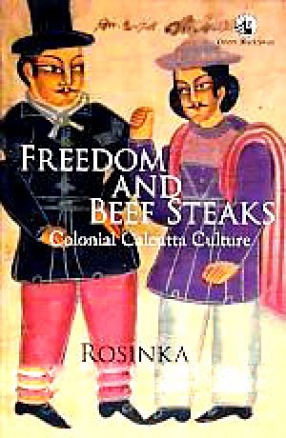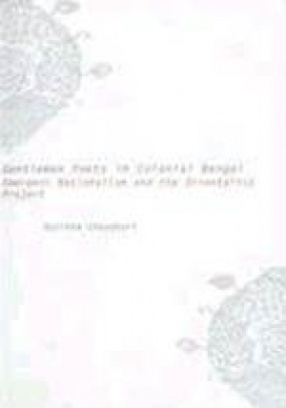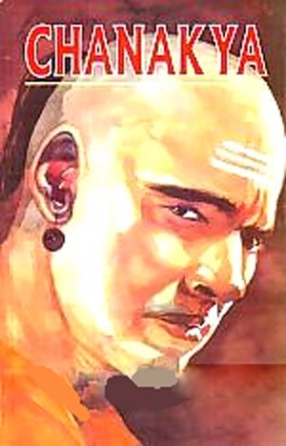The nineteenth century in Bengal has been identified and then reviled as a period of renaissance or false renaissance. This study moves beyond those sterile parameters to provide a new understanding of the interactive, living, and cataclysmic nature of events. Analysing certain cultural turning points in the history of Bengali literature, it investigates the place of the aesthetic, the political, and the collective in the composition of a literary culture to show the relevance and significance of this sphere to our self-making as Indians.
Focusing on the local and the marginal, the study reflects that it is often the periphery that informs the central developments of a culture. The literary debates generated around the works dealt with in this book, the issues involved in their formulation of a literary culture for Bengal, and the political implications of the cultural space of literature in this period are grasped in their historical density to reveal how this unique period, from 1831 to 1881, was one in which an answer to the question of the shape of the Indian modern in part lies.








There are no reviews yet.